Contents
The pouring plaster – result of violation of proportions of composition of plaster mix or technology of plastering can become an unpleasant surprise. How to choose the correct method of correction of this defect?
From what plaster pours
Why there is a fall of a plaster covering from walls? First of all, we will deal with types of this phenomenon. The covering can be unsnapped from walls if there is no coupling of thickness of a covering and basis. At the same time solution can have the appropriate durability.
Other option which - is pouring, easily collapsing during the pressing or attrition a plaster cover. The reasons of these two states are various.
The first option arises if before plastering preparatory work was not fully performed.
Reason:
- spots from lubricant and other oils are not fat-free (or are insufficiently fat-free);
- indoors the soot is not removed;
- dust is not removed;
- it is not removed filled;
- plaster is put on old paint;
- the wall was not a progruntovana;
- it was not executed obryzg (sufficient coupling with a surface is not provided);
- the hardened solution is stronger, than basis material (the internal tension arising when curing is higher, than it is capable to sustain a wall surface).
That is plasterers did not take a measure for ensuring adhesion (tenacity of coupling) of the applied solution with wall material.
Besides, the wrong choice of structure for plastering or improper primer can be the cause (about volume what primers to use you can read in article of our website):
- Plaster mixes are applied indoors with the increased dampness.
- In the building still undergoing shrinkage, walls plastered the mineral structures sensitive to vibrations and motions (use of elastic materials with a polymeric basis would be correct).
- Application of the betonkontakt. Betonokontakt it is intended for one case: when plaster weight (easy) is applied on concrete. Primer forms a waterproof rough film which does not allow plaster to become wet in the place of its adjunction to concrete and also does not allow the plaster test to slip down a wall. However the adhesion of the film is low therefore sometimes it does not maintain the weight of heavy coverings and the separation of plaster goes on a film.
Also constructive violations can be the reason for which the plaster armor pours:
- plaster weight was applied on the concrete basis or on a cement surface without device between them a dividing barrier;
- did not make a waterproofing, and the plaster facing razmoky on border of an adjunction to a wall collapses;
- the dew point gets to the place of a smykaniye of finishing and a wall;
- did not strengthen reinforcing a thick-layer solution attire a grid.
The second option – easily pouring dried plaster turns out as a result:
- solution zapesochivaniye (small quantity of binding);
- violations of technology of drawing (protection of solution against dehydration therefore dough, having lost the water, necessary for chemical reactions, did not gain durability is not provided);
- violation of conditions of curing (short-term freezing, humidity, insufficient for curing of cement weight, etc.).
The raised load of walls or old age of the finishing can be the reason that plaster began to pour.
How to avoid plaster destruction
What to do if at survey of a wall the plaster pouring at hand is noticed? Whether it is possible to strengthen the showered plaster clothes? If it is possible, then how it to make and than? How to be if strengthening is impossible?
Depending on the reason of defect, its extensiveness, only three options are possible:
- strengthening of plaster weight in all its thickness (in case of a zapesochivaniye or the small durability of the plaster layer which is not unsnapped from the basis);
- fixation and strengthening of a covering by reinforcing (if the strong plaster layer is unsnapped only on small sites and also it is required to strengthen the top coat layers);
- removal and plastering anew (if strengthening is impossible or it is unprofitable).
It can be interesting – defects of plaster.
We use primer of deep penetration
To easy option the case treats with superficial fall. Then apply liquid primer of deep penetration on a surface (usually two passes), and after drying putty a wall. For example, primer of Ceresit 17 is well absorbed, condenses, but does not lower vapor permeability of finishing.
The sequence of drawing is simple:
- slightly obmetyonny a broom the surface is plentifully moistened with priming liquid, occupying adjacent sites;
- give to priming means to be absorbed;
- as soon as the surface begins to become opaque (but yet not dry), put the second layer;
- after drying the wall is puttied.
Strengthening of a plaster layer by means of impregnation
That plaster was not showered, it is possible to strengthen layer material, using a treatment method the liquids intended for strengthening of internal communications in the thickness of the existing material. The structures capable to vsachivatsya in concrete are nowadays developed, going deep from a surface on one and a half meters.
The mechanism of their action – filling of a time and microcracks with the structure, capable, condensing material and hardening, to strongly connect by itself particles of various size. Some impregnations are capable to transform covering material chemically.
Such impregnations can have various basis:
- silicone;
- zhidkostekolny;
- wax;
- polymeric.
Except increase in mechanical durability of impregnation can disinfect, gidrofobizirovat, do a surface steady against influence of various external factors, for example, of a temperature difference.
Impregnation is put manually (a brush, the roller) or it is mechanized (spraying).
From impregnations it is possible to apply to facades ftorsilikat.
- Before a fluatation (treatment by this means so is called) the surface is cleaned from dust and other pollution.
- Cracks cover with liquid limy or cement mortar, dry up.
- The surface is covered with 1-2 layers of the ftorsilikat, putting it with a brush, and dry up.
Reinforcing
If the period of shrinkage of the building did not come to the end yet, finishing is showered on the place of a joint of the bases from different materials, repair demands imposing of weight more than 3 cm thick, then the plaster layer is strengthened and strengthened by means of the reinforcing grid (from corrosion-proof material or with anticorrosion coating).
Performance order:
- delete the lagged behind pieces, degrease (also clean the opened places from rust, vysol);
- the surface will be swept off;
- ground the means getting into a time and miktotreshchina;
- grid fix on a wall, and then "cover" thin, reliably closing a metal cloth a solution layer (at the same time cover cracks and chips);
- the dried covering is grounded and dried up before a shpaklevaniye.
Full replacement of a covering
If plaster finishing is unsnapped from walls by the whole layers, there is no sense again to attach it to the basis. In that case the lagging behind covering is deleted completely, and the wall is plastered anew.
Full replacement of a covering consists of consecutive:
- removals of old finishing to the basis;
- cleanings of a wall;
- dust removals;
- coverings primer;
- dryings;
- plasterings with beacons or without beacons.
Repair of certain sites of the showered plaster
If it is required to restore or repair the showered site, it is smoothed out to the basis, prepared the same as the wall is prepared before plastering. For example, if the thickness lagged behind in this place because of existence of a fatty spot, it is degreased, delete dust, grounded and dried. Surely ground the neighboring regions of finishing on perimeter.
If it is required to put a thick layer, impose the reinforcing network. Fill with plaster solution with the same basis as old finishing. The pallet compare the surface of fresh solution and a wall, after the beginning of a skhvatyvaniye rub clean.
The correct repair will prolong life of all plaster attire.
In some cases the pouring plaster can be strengthened and after that still will serve years. But it is better to take measures that such situation did not arise, in advance. Get acquainted with how it is correct to prepare and plaster walls in the section Plastering.

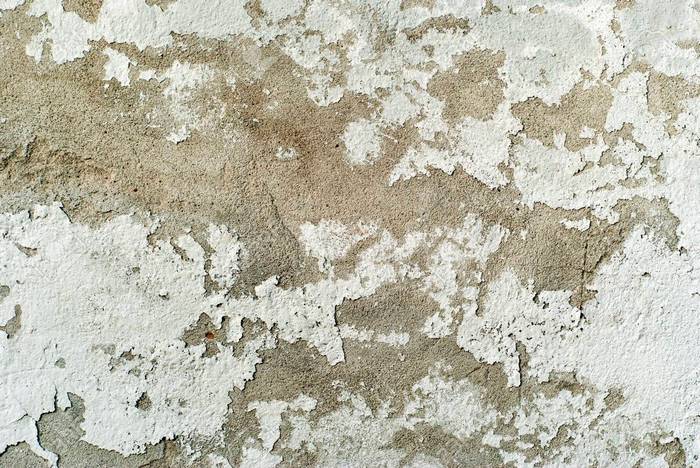



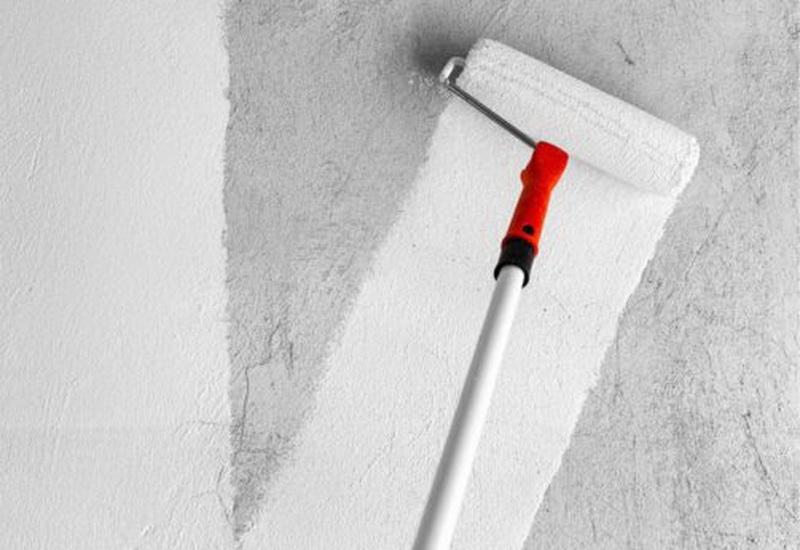

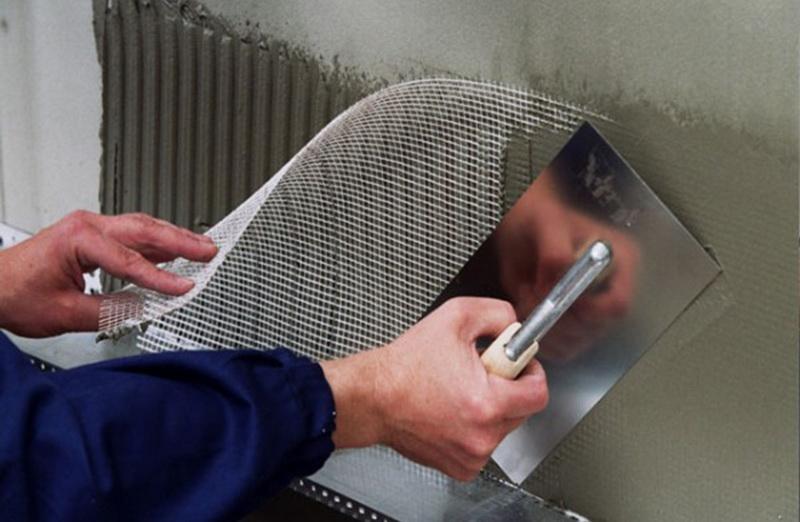

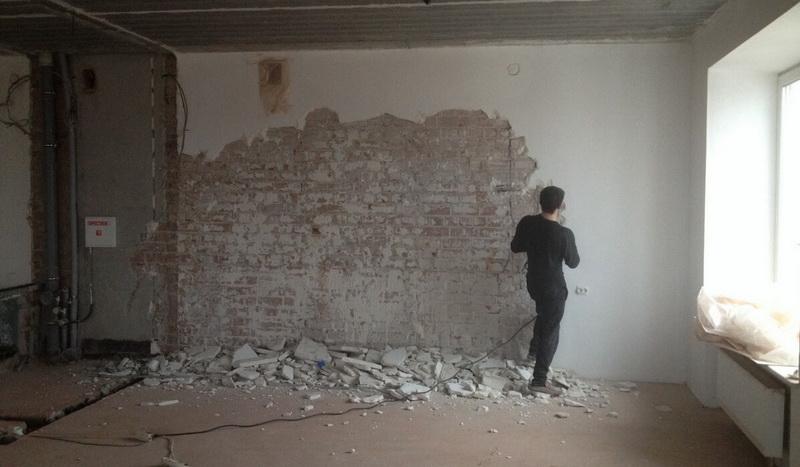
 (yet there are no estimates)
(yet there are no estimates)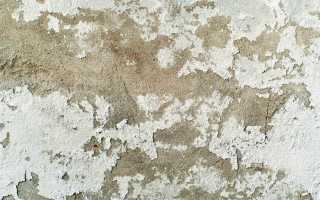



 Easy ways to fix a grid for plaster
Easy ways to fix a grid for plaster